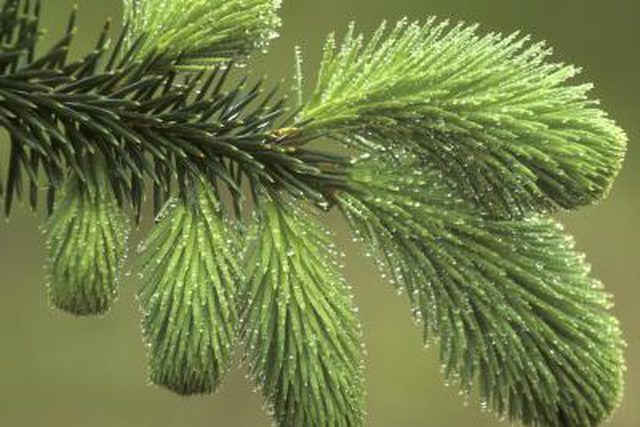Bulbs
Flower Basics
Flower Beds & Specialty Gardens
Flower Garden
Garden Furniture
Garden Gnomes
Garden Seeds
Garden Sheds
Garden Statues
Garden Tools & Supplies
Gardening Basics
Green & Organic
Groundcovers & Vines
Growing Annuals
Growing Basil
Growing Beans
Growing Berries
Growing Blueberries
Growing Cactus
Growing Corn
Growing Cotton
Growing Edibles
Growing Flowers
Growing Garlic
Growing Grapes
Growing Grass
Growing Herbs
Growing Jasmine
Growing Mint
Growing Mushrooms
Orchids
Growing Peanuts
Growing Perennials
Growing Plants
Growing Rosemary
Growing Roses
Growing Strawberries
Growing Sunflowers
Growing Thyme
Growing Tomatoes
Growing Tulips
Growing Vegetables
Herb Basics
Herb Garden
Indoor Growing
Landscaping Basics
Landscaping Patios
Landscaping Plants
Landscaping Shrubs
Landscaping Trees
Landscaping Walks & Pathways
Lawn Basics
Lawn Maintenance
Lawn Mowers
Lawn Ornaments
Lawn Planting
Lawn Tools
Outdoor Growing
Overall Landscape Planning
Pests, Weeds & Problems
Plant Basics
Rock Garden
Rose Garden
Shrubs
Soil
Specialty Gardens
Trees
Vegetable Garden
Yard Maintenance
How To Train A Weeping Norway Spruce
How To Train A Weeping Norway Spruce. Weeping Norway spruce (Picea abies "Pendula") are fast-growing ornamental conifers often selected as landscape focal points due to their dramatic growth patterns and versatility. Left untrained, they grow laterally more than vertically, creating sprawling ground covers extending many feet. Most...

Weeping Norway spruce (Picea abies "Pendula") are fast-growing ornamental conifers often selected as landscape focal points due to their dramatic growth patterns and versatility. Left untrained, they grow laterally more than vertically, creating sprawling ground covers extending many feet. Most gardeners prefer to train weeping Norway spruce to grow upward before allowing them to drape back to the ground in one or more directions. Hardy in U.S. Department of Agriculture plant hardiness zones 3 through 7, the trees take to training easily.
Things You'll Need
Sturdy stake
Post driver
Gardening twine or flexible tree ties
Landscaping pins
Drive the stake into the ground near the trunk of your young weeping Norway spruce. Use a post driver or similar device to drive the stake deep enough to keep it firmly upright. The exposed stake should be at least 1 foot taller than you want the tree to grow vertically. Many weeping Norway spruce are trained to between 10 and 15 feet in height, but any height you prefer is acceptable.
Secure the tree to the stake with gardening twine or flexible tree ties. Continue to train the tree along the stake as it grows upward, securing it regularly until it reaches the height you desire. Once you stop securing the tree, it will begin to grow downward and out. Eventually this gives the tree a roughly conical shape. The shorter the vertical growth span, the wider the base of the cone will be.
Use landscaping pins to train the weeping branches once they reach the landscape surface. Secure the sprawling branches in whatever directions you want them to grow. Once the tree matures and the trunk is strong and stable, remove the stake, ties and pins, if you desire.
Tips & Warnings
Weeping Norway spruce tend to grow in unruly patterns and shapes. Have a plan, but remain willing to be yield to the graceful undulations your tree will create on its own.
Staking or tying too tightly can damage your tree. Never pull the tree or branches tightly against stakes and don't insert landscaping pins all the way into the ground. Leave room for the plant to grow.